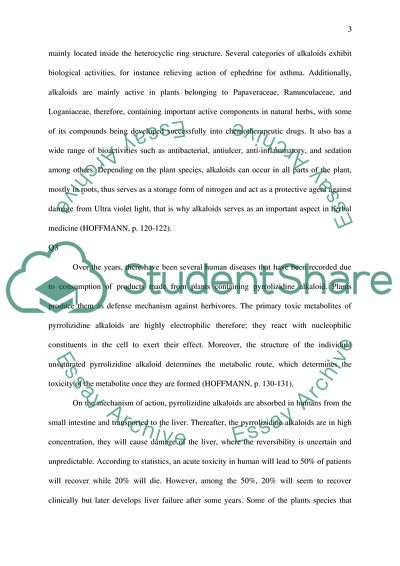Cite this document
(“Pharmacognosy Assignment Example | Topics and Well Written Essays - 1500 words”, n.d.)
Retrieved de https://studentshare.org/health-sciences-medicine/1630654-pharmacognosy
Retrieved de https://studentshare.org/health-sciences-medicine/1630654-pharmacognosy
(Pharmacognosy Assignment Example | Topics and Well Written Essays - 1500 Words)
https://studentshare.org/health-sciences-medicine/1630654-pharmacognosy.
https://studentshare.org/health-sciences-medicine/1630654-pharmacognosy.
“Pharmacognosy Assignment Example | Topics and Well Written Essays - 1500 Words”, n.d. https://studentshare.org/health-sciences-medicine/1630654-pharmacognosy.


